According to the Ordnance Survey, mainland Britain has around 11,000 miles of coast, which may seem excessive in a country that is just over 600 miles long. That is because we wiggle a lot – what mathematicians soberly call the Hausdorff dimension. But if you swam around the island, keeping about half a mile offshore, you’d probably only need to cover about 2,000 miles (which seems so much more doable!). Whichever number you choose, long stretches of the UK coast don’t get the attention they deserve – and as lockdown drags on, their salty call intensifies. Here are five of my favourites – worthy of exploration, as restrictions allow.
Ceredigion coast
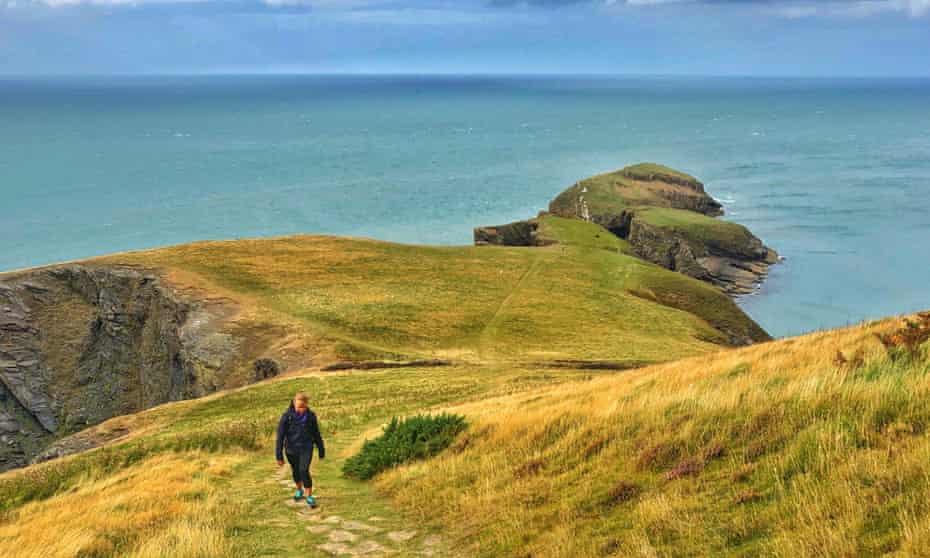
When I first saw Ynys Lochtyn, I wondered why I was alone. How could such a beautiful spot be deserted? A long, grassy slope led down to a cliff, below which a boulder-strewn tidal strand led to a small, rocky island. A few scuff marks on the rock indicated a way down the cliff so I descended to the beach, skirted some rock pools and climbed on to the island beyond. When I reached the final point, the most westerly lump of rock, I sat down and thought, “Now is the time for dolphins to appear.” And a trio of them swam into view, apparently herding a shoal of fish then taking long, deep dives to fill their bellies. I watched for an hour, unable to tear myself away. The only other human observer was a single sea kayaker.
The Ceredigion coast, all 60 miles of it, lies between more famous neighbours Pembrokeshire and Snowdonia. And, like many visitors, I have been guilty of hurrying past to reach those honeypots. Now I realise my mistake.
My walk that day started in the village of Llangrannog, a tight little cove with cafe, ice-cream parlour and pub – the Pentre Arms, a friendly spot on the seafront where (between lockdowns) I stayed. I walked north, first to Ynys Lochtyn headland, then through a long sequence of cliffs and coves, a rock’n’rollercoaster of superb walking along the Ceredigion Coast Path. After 10 miles, I reached the town of New Quay and had been planning to catch a taxi back to my starting point. Instead, I drank a cup of tea (there are several cafes to choose from), then set off to walk back. It was just too wonderful not to do it all again. In one deserted cove where I stopped to rest, a smooth, grey boulder in the shallow water near me burst into life: a snoozing seal. It took up position 10 metres out and we watched each other while our heart rates returned to normal.
Next day I went south, and found more beautiful little coves. It’s a little busier on this side, perhaps because there’s a particularly good cafe near Penbryn beach. At Aberporth I tried sea kayaking with Rhod from Adventure Beyond, exploring the caves and inlets, and watching enviously as fishermen hauled sea bass and mackerel out of the water. Rhod usually comes out all year round: “I wear gloves if there’s ice forming on the kayak! We just check the weather and tides carefully.”
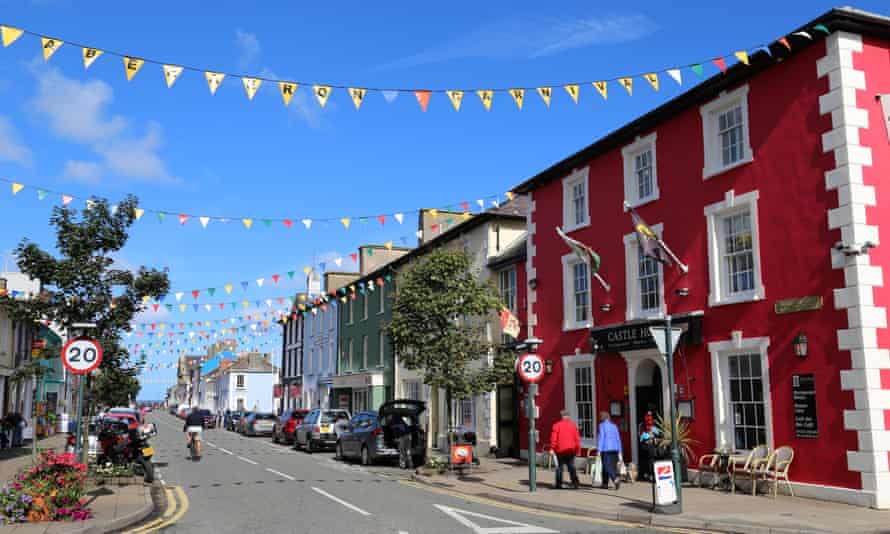
Having explored the southern half of the Ceredigion coast I moved north, stopping in the colourful seaside town of Aberaeron, then the nature reserve at Ynyslas, a quiet little gem with an informative visitor centre. In late spring, look out for great displays of orchids and listen for the nightjar.
When lockdown eases: where to stay and eat
Eat Libanus 1877 is a great little restaurant and cinema in a former chapel in Borth, while Mama Fay’s offers quality Caribbean cooking in Aberystwyth, with classics like ackee and saltfish.
Stay The Pentre Arms in Llangrannog has good food and rooms from £85 B&B. Ty’r Onnen is a superb treehouse on an organic farm in the hills behind Borth, from £178 a night in June (two-night minimum), while Ty Cwch has simple cabins for four, 200 metres from the beach, from £268 a night in May (two-night minimum).
Moray and Aberdeenshire coast
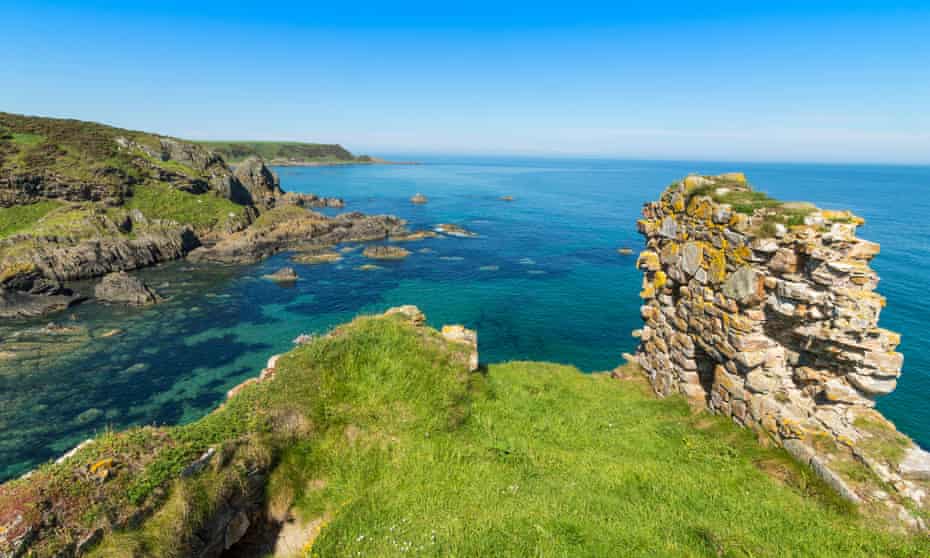
In late spring and summer this coast has one towering advantage over its more celebrated western cousin: no midges. Spring is the time when seabirds return to the cliffs (try Troup Head RSPB) and the sea squill, a type of asparagus, comes into flower. Average rainfall here is lower than the rest of Scotland, so expect clearer skies, with long, lovely summer evenings or, in winter, a chance of the aurora borealis. It does get some spectacular storms though, so pack your wild weather gear. With long beach walks, headlands crusty with castles and a clutch of interesting small towns with notable food outlets, you have a fine coast waiting to be explored any time of year. Historically, this great granite shoulder of Scotland was composed of several shires: Moray, Banff, Aberdeen and Kincardine. Further back it was clan territory: the Forbes and Gordons among others, before them the MacBeths and, in the mists of time, the Taexali, a people remembered only by a single mention in Ptolemy’s geography, in the second century AD.
East from the small town of Cullen (origin of traditional Cullen skink soup) is a series of lovely beaches and bays interspersed with impressive rocky promontories such as Logie Head (popular with rock climbers), Findlater (with ruined castle, a good walk from Portsoy town) and Knock Head (a breezy five-mile circuit from Banff).

The north-east corner is Fraserburgh, proud holder of the British low-altitude wind speed record, set at 142mph in February 1989 at Kinnaird Head lighthouse, which is also home to a museum.
The town is also a big shellfish port and there are good seafood restaurants. The coast south towards Aberdeen has more great beaches and cliffs, notably at Long Haven, and at Ellon there’s the BrewDog brewery, to be visited when restrictions allow, and sampled, along with a fine sense of humour (its battle with German brewery Schorschbräu to make the strongest beer in the world led, after several epic brews, to happy hoppy riposte Sink the Bismarck, an IPA at 41%).
Aberdeen has an attractive cobbled old town, plenty of parks and notable restaurants, and to the south is dramatic, ruined Dunottar Castle near Stonehaven.
When lockdown eases: where to stay and eat
Eat In Aberdeen, try the Moonfish Cafe for a special occasion, Blether for all other times. In Cullen, Rockpool Cafe serves homemade fare including a great cullen skink, while for Fraserburgh seafood try The Captain’s Table or Findlay’s Fish Bar.
Stay In Fraserburgh, chic and rustic Wildflower Eco Lodges sleep two from £85 a night in May. In Newburgh, Tahuna Bothies has three smart pods for two on a sheep farm, from £98 a night in May. In Aberdeen, BrewDog has a small hotel, the Kennels, above the Castle Gate bar, doubles from £89 in May.
The Holderness coast, East Yorkshire
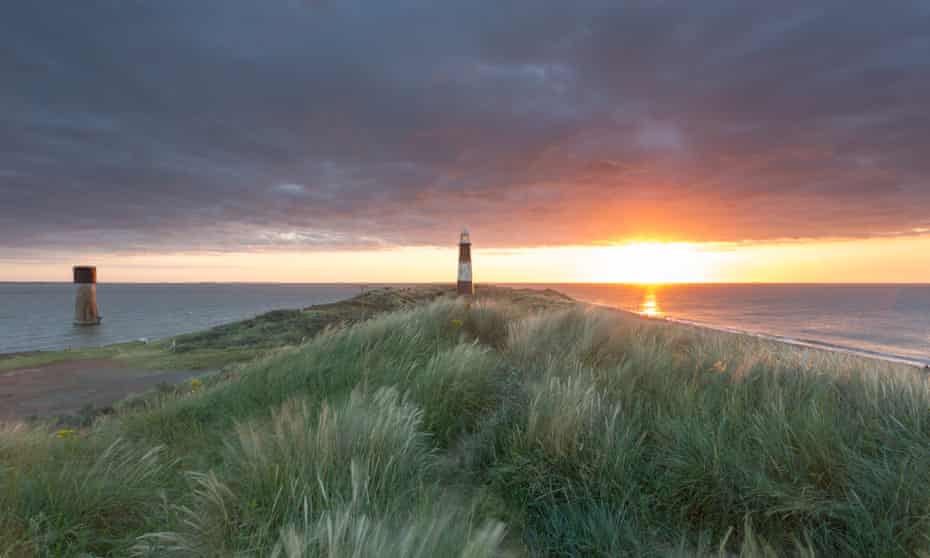
The coast around Scarborough and Whitby is justly celebrated, but the stretch south of Flamborough Head is also interesting. The headland itself is immovable and magnificent, but to the south the coast is all too movable and impermanent.
Low tides have revealed ancient flooded forests, while the soft coastal cliffs are retreating at an alarming rate, especially for those who live nearby. Almost 10 metres were snipped away in some places in 2019; the average is two metres a year, which adds up to three miles since Roman times. The southern limit is Spurn Point, a three-mile fingernail of land constantly being clipped by the sea: tidal surges and storms can cut it off. Here the sense of space and light is powerful, even unnerving. Rare migrant birds are often spotted and there’s an annual migratory bird festival.
The entire 38-mile coast is really a single beach, and walking is the ideal method of exploring it. Start just south of Flamborough at the southern end of Danes Dyke, a strange fortification (origin and purpose obscure) that runs across the whole headland. It emerges on a beach of peculiar smooth white stones often pierced with holes like some weirdly hardened sea cheese.
In ancient times it was believed that if you peered through these “hag stones” you could see fairies, but these days you just see Bridlington, a couple of miles away. Bridlington harbour is fascinating, with bird-watching trips when rules allow and great seafood (this is the place to eat crab). The town has some fine seaside architecture: check out Sewerby Hall and the Spa theatre. Four miles inland, the Elizabethan hall and gardens at Burton Agnes are well worth a visit when they reopen.
When lockdown eases: where to stay and eat
Eat In Bridlington, good cafes include Tea@33 and Rustic Street Eats (on Queen Street near the harbour). Sunshine Caf in Withernsea is a traditional Yorkshire cafe serving big portions and excellent fish and chips. Perfect when you’re numbed up after a nithering beach walk.
Stay In Withernsea, Little Otchan’s shepherd’s hut (sleeps two from £100 a night in May) is well placed for Spurn Point. Across the road from the beach in Hornsea, Shell Seekers Cottage has sea views and sleeps five from £509 a week in May.
The Mourne coast via Ards and County Down
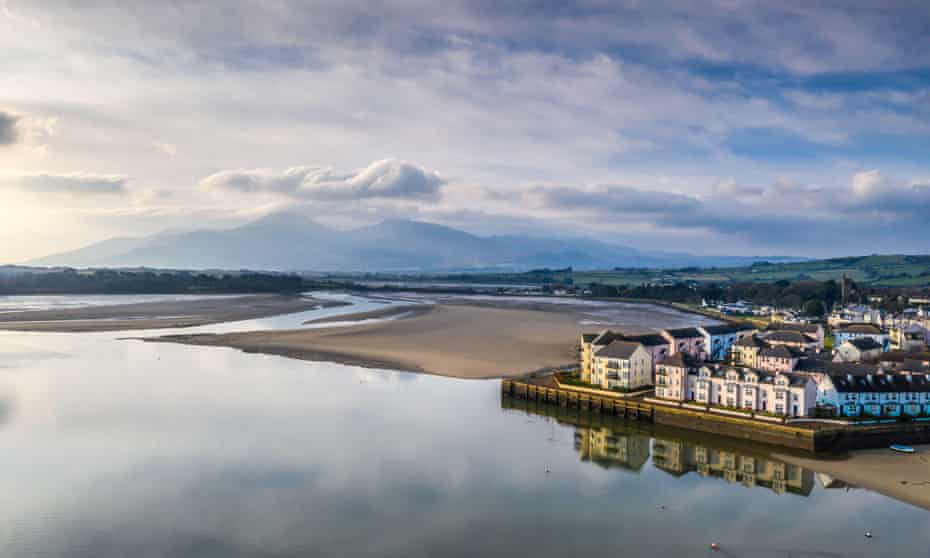
The Northern Irish tend to keep this coast to themselves, pretending that the Giant’s Causeway is all they have. But the east coast from Belfast south to Carlingford Lough is a majestic slice of shore, well suited to a road trip, with fine walking and nature-watching opportunities too. Start five miles from Belfast at Holywood (cafes and delis), then head to Bangor (black guillemots in the harbour are known locally as Bangor penguins) and pretty Groomsport, then south down the Ards peninsula: the seaside villages of Donaghadee, Kircubbin and Portavogie are all known for seafood.
Cross Strangford Lough on the ferry from Portaferry and head deeper into County Down. This second stage of the coastal route is rich with heritage: Saint Patrick is buried in Down Cathedral and there are many Norman castles, notably at Ardglas and Dundrum. Murlough nature reserve is a 6,000-year-old dune system at the mouth of Dundrum Bay, a stunningly beautiful place with great birdwatching.
The final stretch towards Newry is all about mountains, with some beautiful side trips to the Silent Valley and Tollymore forest park.
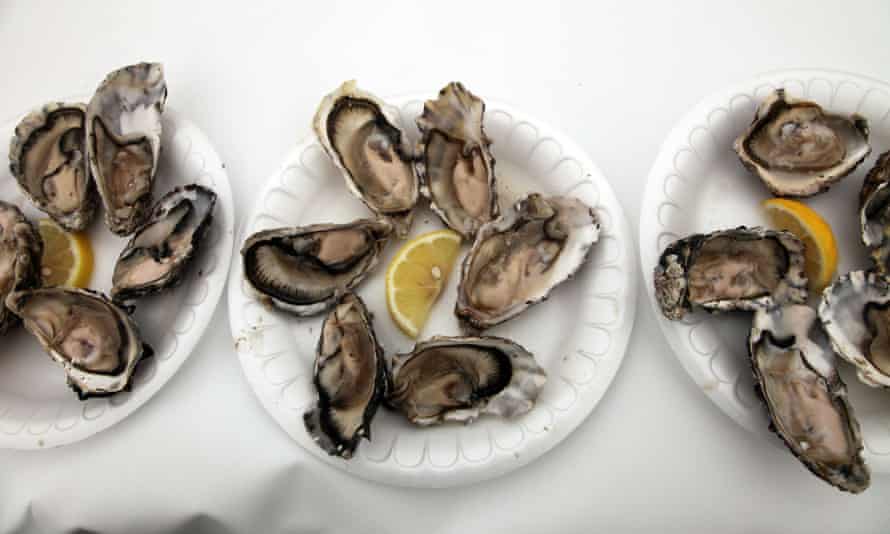
When lockdown eases: where to stay and eat
Eat In Kircubbin Katch 27 has a great reputation for seafood. If you climb Slieve Donard (the highest mountain in Northern Ireland) you’ll need a decent cafe afterwards, and Newcastle has a good selection, particularly the Base Coffee Company.
Stay Donaghadee’s One Shore Street is the best base in town, with doubles from £140 in May. In Ardglass, Margaret’s Cottage B&B (doubles from £100 in May) is a stylish place known for its afternoon teas.
Weston-super-Mare to Porlock, Somerset
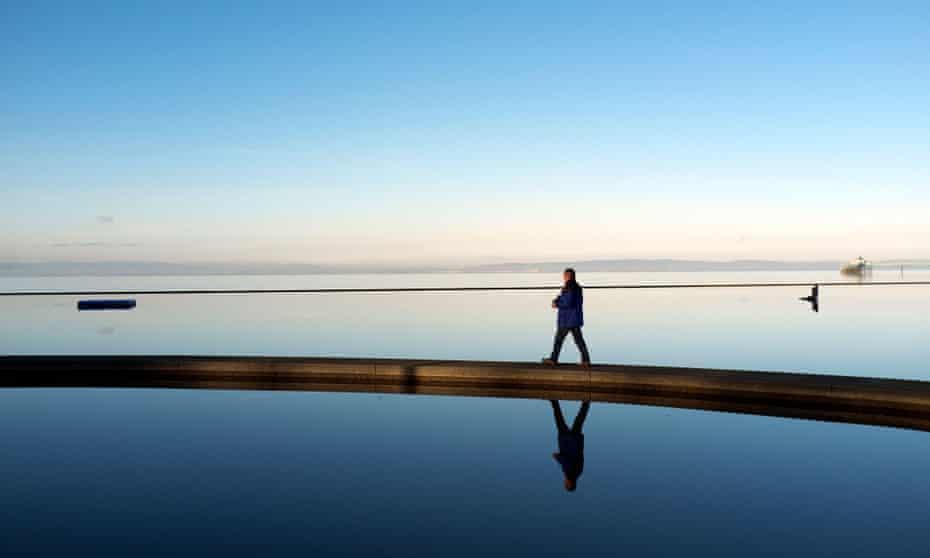
When it comes to West Country coasts, Somerset is definitely the forgotten corner. Had it not been for Isambard Kingdom Brunel coming to live in the village of Weston-super-Mare in 1840, and bringing a railway with him, the area might never have been discovered at all.
A great coastal walk covers the 66 miles between Weston and Minehead, start of the South West Coast Path. Highlights along the way include Brean Down, a dramatic limestone finger marking the point where the Mendips plunge into the Bristol Channel. A vast sandy beach leads to Burnham-on-Sea, before the path detours around the Parrett estuary, a huge area of mudflats beloved of wading birds. See them from the bird hide at Steart Marshes. Spring 2020 saw a pair of rare black-winged stilts breed successfully here, for the first time. There are also otters, owls and egrets.

The coast has some lovely towns and villages: Clevedon offers a Grade I-listed pier and saltwater swims in the 250-metre Marine Lake; Watchet has a harbour, museums and a steam railway; and further west, a walk along Bossington beach under the shoulders of Exmoor leads to Porlock Weir. Bossington is on the National Trust’s Holnicote Estate, where beavers were recently introduced.
When lockdown eases: where to stay and eat
Eat In Bossington, Kitnors is a great cafe/tea room in a pretty thatched cottage. Sandy Bay Tea Rooms in Weston-super-Mare does good, filling food for after a long walk.
Stay In Minehead, the Old Ship Aground (doubles from £105 B&B in May) was built in 1911 to accommodate passengers from paddle steamers that used to run from Cardiff, and has excellent River Cottage-style food. Taggart House, a modern B&B in Clevedon, has a cosy shepherd’s hut in the garden (from £250 for two nights).





